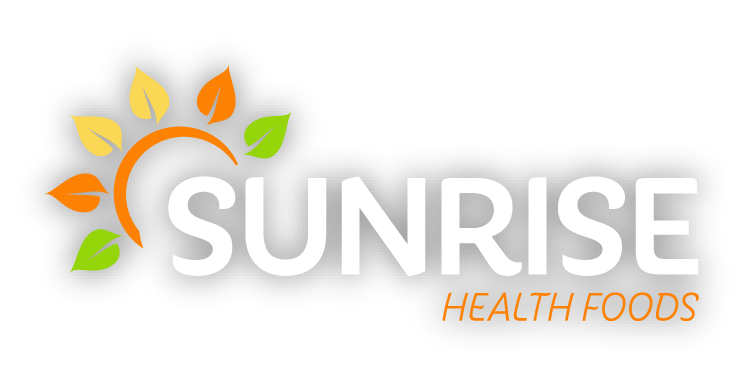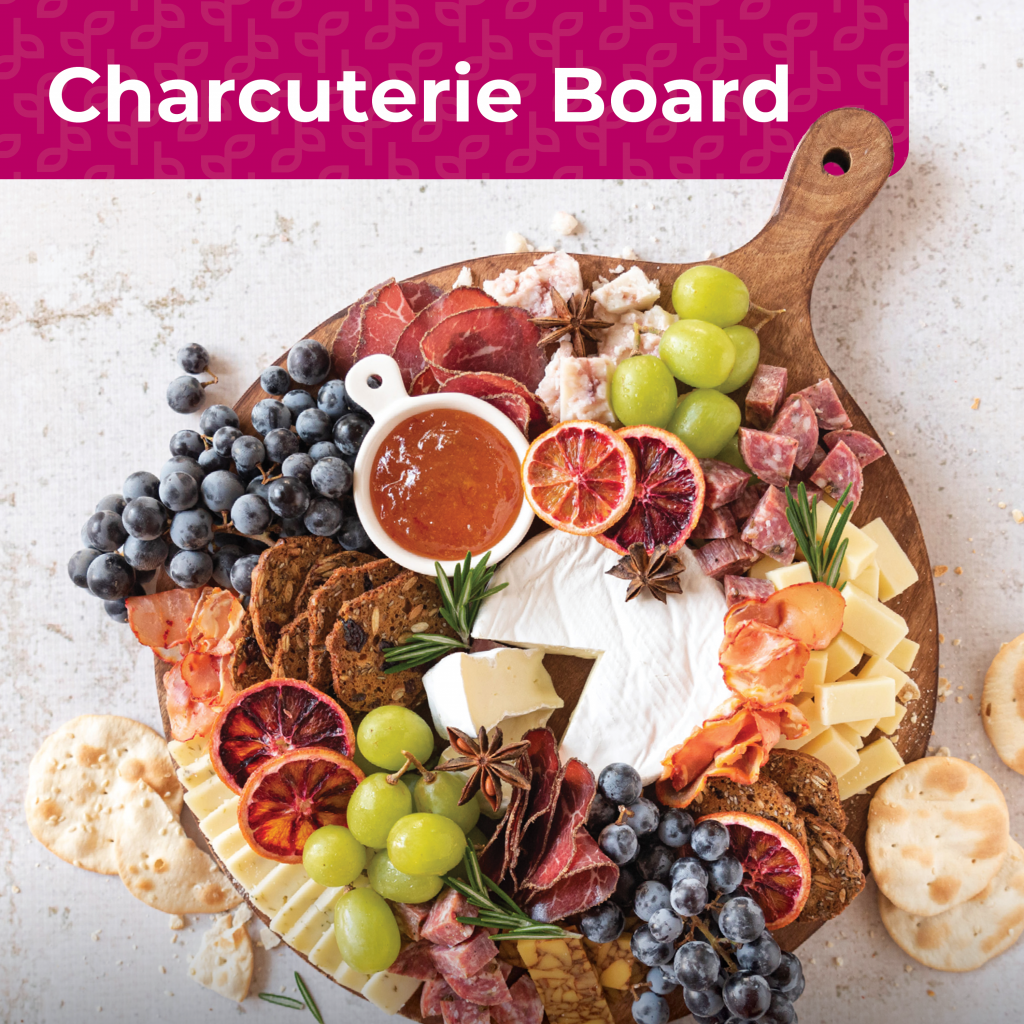
I hear this every year: “I’ll hone in on my health and fitness goals the Monday after New Years’ Day.” This tells me that people like structure; they need a definitive starting point. I believe you can get going on this goal any time of the year, but we’re now in the New Year, so let’s go!
Often, clients will come to me asking me what the best decisions to make during the holidays are. I’m happy to give them the answers. However, here’s another thought: what if you went about your health goals and fitness goals the entire year guilt free? What if you didn’t feel bad about that occasional dessert or extra helping of food?
Let’s face it. There are plenty of opportunities for setbacks the entire year, not just November through December. For example, there are birthday celebrations, Valentine’s Day, Memorial Day, the Fourth of July, vacations, dinner with family or friends and other occasions that could get you off track. Even going to the grocery store or driving by that favorite restaurant could sidetrack you.
My point is that we’re not going to approach our health and fitness goals with 100 percent tenacity or accuracy 100 percent of the time. It just isn’t doable or sustainable. We would grow to hate it and then give up—and that’s not an option. That’s why I want to tell you about my 80/20 rule. It’s a rule you can apply to your health and fitness plan year-round, since the opportunity—and temptation—to off-road is with us constantly.
This isn’t a license to go hog wild—literally. You can shoot for that 100 percent mark most of the time, but the truth is that there will be times when the 80/20 rule needs to go into play. When those times hit, then here’s how to arm yourself.
When you enter a season in which it is more difficult to stick to your diehard nutrition and fitness schedule—such as vacations, birthday celebrations, holidays, etc.—that’s when it’s time to look at your fitness and nutrition in seven day blocks.
We need to achieve the 80/20 rule within these seven days for both your fitness and nutrition. That means I’m allowing you to make mistakes 20 percent of the time, but you have to be a little more structured with what you’re eating the other 80 percent of the time, and you will have to log and make notes of your training days. What this is going to do for you is allow you to NOT feel bad about being imperfect in this area of your life.
No one goes without making mistakes, especially with their eating and gym time. That’s just the reality. So, if you have a perception that the person next to you never deviates off the plan, check again.
Here’s How I Like to Break it Down:
If you have five meals a day, seven days a week, you’re getting in 35 meals. Out of those 35 meals, 80 percent of them have to be spot on. Whatever it is, write your goal on paper. Eighty percent of the time, nail it. Twenty percent of the time, allow for error. The same goes for your fitness. If you like to exercise six days a week but find yourself missing that target, shoot for the 80/20 rule.
Why am I telling you to do this? Because I don’t want you to feel like you cannot make mistakes. The need to be perfect is probably why some of you have fallen off the wagon to begin with. What this 80/20 rule provides is a reasonable playing field allowing you to be successful. So start here, and understand that fitness, health and wellness are not about being perfect. They’re about consistency and being in the game for the long haul. A year from now, I hope you look back at your year and realize that finding success with this really wasn’t all that difficult.
By: Don Saladino
Holistic fitness expert, trainer and Garden of Life brand advocate, and owner of Drive495, a state-of-the-art, golf and fitness training facility in New York.
In order to avoid risk of injury, please seek advice directly from your physician, especially if you have existing medical issues, before beginning any exercise or nutritional program. Also, be sure to stretch after exercise to avoid muscle and joint tightness.
This information is intended for educational and informational purposes only. It should not be used in place of an individual consultation or examination or replace the advice of your health care professional and should not be relied upon to determine diagnosis or course of treatment.
Original article published by Garden of Life.



